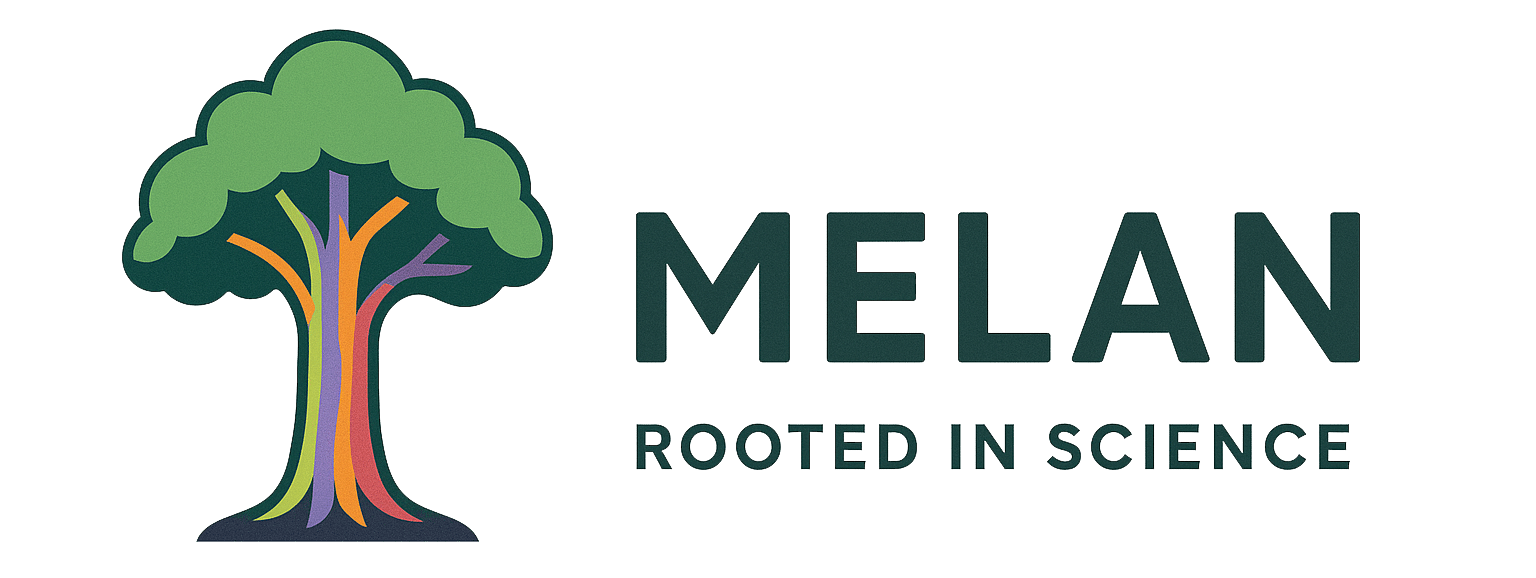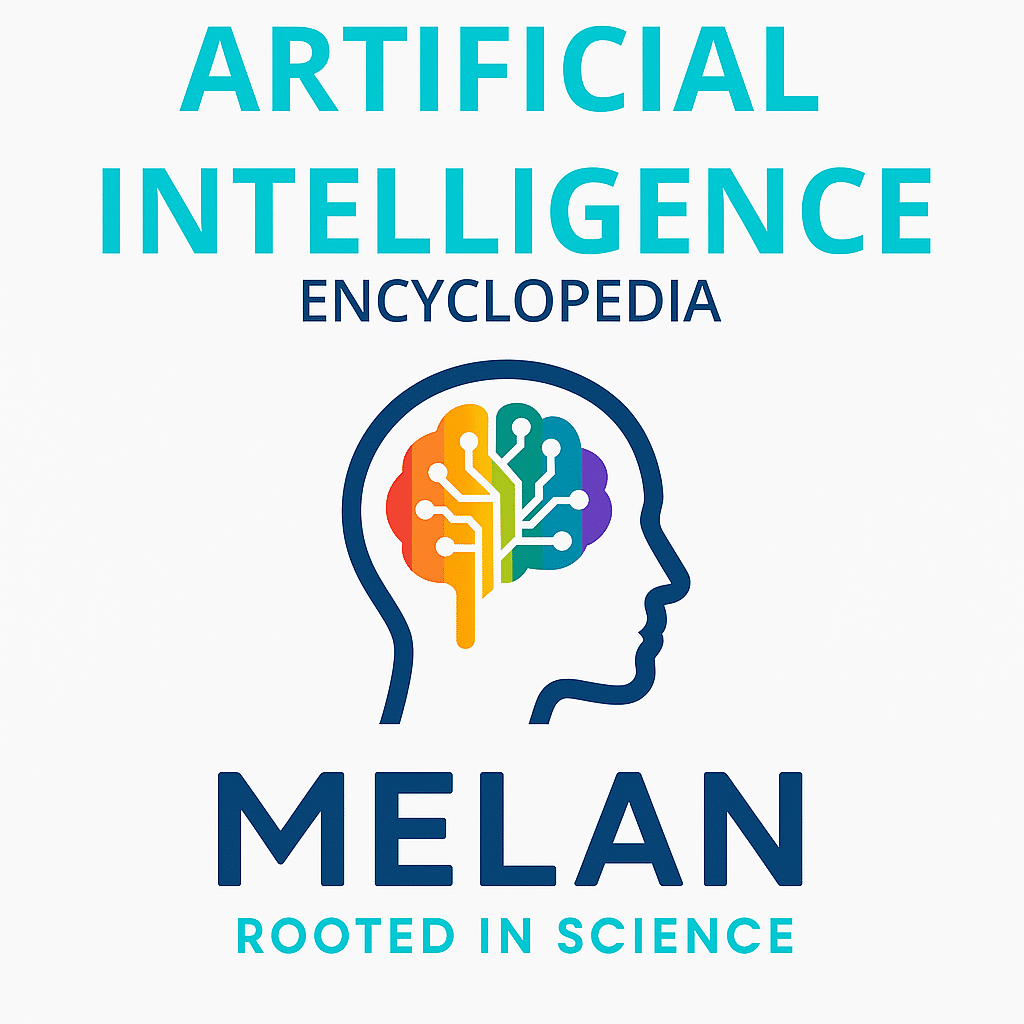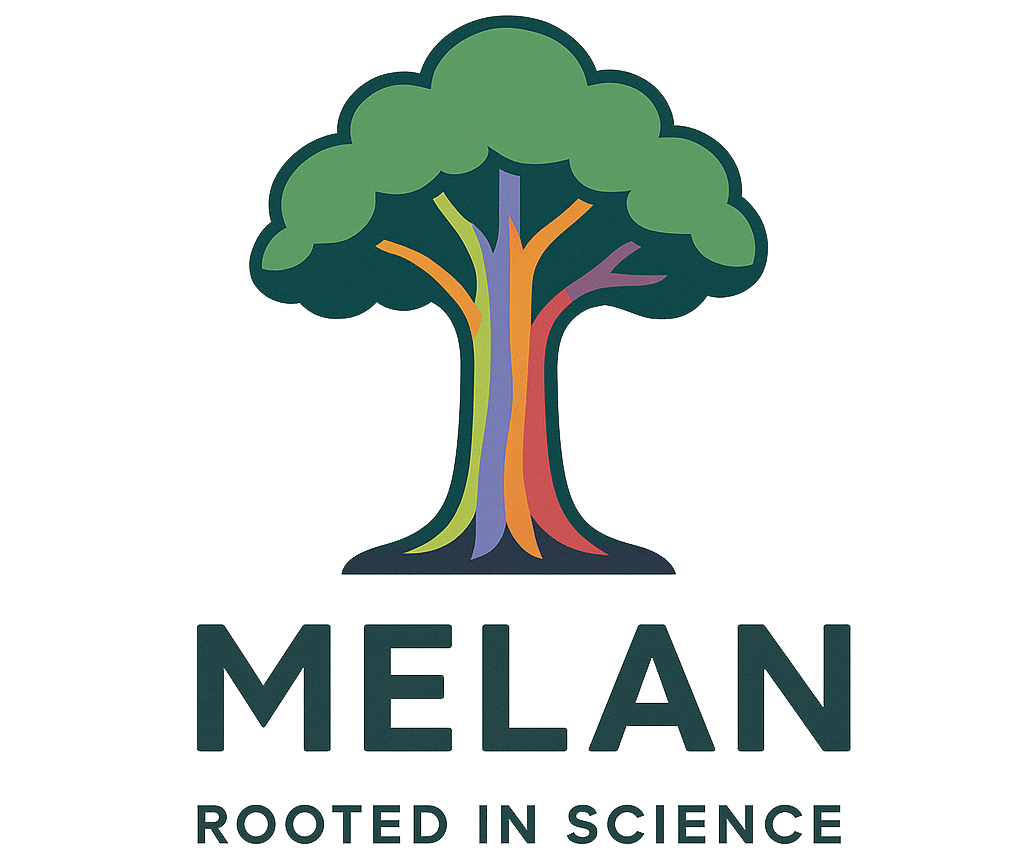Unsupervised Learning refers to a machine learning paradigm that discovers hidden patterns, structures, and relationships in data without labeled examples or target outputs, enabling algorithms to identify clusters, reduce dimensionality, detect anomalies, and uncover latent representations from raw data alone. This approach mimics human pattern recognition abilities by finding meaningful organization in complex datasets where the underlying structure is unknown, making it essential for exploratory data analysis, feature learning, and understanding the inherent organization of information across diverse domains.
Unsupervised Learning
|
|
|---|---|
| Category | Machine Learning, Data Science |
| Subfield | Pattern Recognition, Statistical Learning, Data Mining |
| Key Techniques | Clustering, Dimensionality Reduction, Density Estimation |
| Learning Type | Pattern Discovery, Structure Detection, Feature Learning |
| Primary Applications | Data Exploration, Anomaly Detection, Feature Engineering |
| Sources: The Elements of Statistical Learning, Journal of Machine Learning Research, IEEE Pattern Analysis | |
Other Names
Pattern Discovery, Self-Organized Learning, Knowledge Discovery, Exploratory Data Analysis, Structure Learning, Latent Variable Learning, Descriptive Analytics, Data-Driven Discovery
History and Development
Unsupervised learning has roots in early statistical analysis and pattern recognition from the 19th century, with Karl Pearson’s principal component analysis in 1901 being one of the first systematic approaches to discovering latent structure in data. The field advanced through the development of clustering algorithms like k-means in the 1950s and hierarchical clustering methods in the 1960s, while factor analysis and multidimensional scaling provided tools for dimensionality reduction and data visualization.
The term “unsupervised learning” was popularized in the 1980s as machine learning emerged as a distinct field, with researchers like Geoffrey Hinton developing neural network approaches for learning representations without labeled data. Modern unsupervised learning exploded with the deep learning revolution, particularly through autoencoders, variational autoencoders, and generative adversarial networks developed in the 2010s, while techniques like t-SNE and UMAP have revolutionized high-dimensional data visualization and made complex pattern discovery accessible across scientific and commercial applications.
How Unsupervised Learning Works
Unsupervised learning algorithms analyze data to identify underlying patterns, structures, and relationships without requiring labeled examples or known target outputs, relying instead on statistical properties and mathematical principles to discover organization. Clustering algorithms group similar data points together based on distance metrics or probabilistic models, revealing natural categories and segments within datasets that may not be obvious from manual inspection.
Dimensionality reduction techniques like PCA and t-SNE project high-dimensional data into lower dimensions while preserving important relationships, enabling visualization and analysis of complex datasets that would be impossible to interpret in their original form. Density estimation methods model the probability distribution of data to identify typical versus unusual patterns, enabling anomaly detection and understanding of data generation processes. Modern deep learning approaches use neural networks to learn compressed representations that capture essential features and enable generation of new data samples that resemble the original dataset, providing powerful tools for feature learning and data synthesis.
Variations of Unsupervised Learning
Clustering Algorithms
Methods like k-means, hierarchical clustering, and DBSCAN that group similar data points together, revealing natural categories and segments within datasets for market segmentation, image analysis, and biological classification.
Dimensionality Reduction
Techniques including PCA, t-SNE, and UMAP that project high-dimensional data into lower dimensions while preserving important relationships, enabling visualization and analysis of complex datasets.
Generative Models
Approaches like autoencoders, variational autoencoders, and GANs that learn to model data distributions and generate new samples, enabling data synthesis, compression, and representation learning.
Real-World Applications
Unsupervised learning powers customer segmentation in marketing where companies discover distinct customer groups based on purchasing behavior, demographics, and preferences without predefined categories, enabling targeted marketing campaigns and personalized product recommendations through data-driven market analysis. Anomaly detection systems use unsupervised learning to identify unusual patterns in network traffic, financial transactions, and industrial processes, detecting fraud, cyber attacks, and equipment failures by recognizing deviations from normal behavior patterns.
Bioinformatics applications employ unsupervised learning for gene expression analysis, protein structure prediction, and drug discovery, revealing biological pathways and relationships that advance medical research and therapeutic development. Social media platforms use unsupervised learning to discover trending topics, community structures, and content patterns without manual labeling, enabling content recommendation and understanding of user behavior and communication patterns. Image and document analysis systems apply unsupervised learning for content organization, similarity search, and feature extraction, enabling automatic categorization and retrieval of multimedia content based on discovered patterns rather than manual tagging.
Unsupervised Learning Benefits
Unsupervised learning enables discovery of hidden patterns and structures that humans might miss or be unable to detect manually, providing insights into complex datasets that can reveal new scientific understanding or business opportunities. The approach requires no labeled training data, making it applicable to domains where obtaining labels is expensive, time-consuming, or impossible, significantly reducing the data preparation overhead compared to supervised learning. Unsupervised learning can process very large datasets automatically to identify structure and patterns, scaling to big data applications where manual analysis would be intractable.
The methods provide objective, data-driven insights that are free from human preconceptions and biases about what patterns should exist, potentially uncovering unexpected relationships and structures. Unsupervised learning techniques often serve as powerful preprocessing steps for supervised learning, improving performance by identifying relevant features, reducing dimensionality, and providing better data representations for downstream tasks.
Risks and Limitations
Interpretation and Validation Challenges
Unsupervised learning results can be difficult to interpret and validate since there are no ground truth labels to compare against, making it challenging to determine whether discovered patterns are meaningful or simply statistical artifacts. Different algorithms may produce different clustering or dimensionality reduction results on the same data, creating uncertainty about which approach provides the most accurate representation of underlying structure.
Parameter Selection and Algorithm Choice
Many unsupervised learning algorithms require users to specify parameters like the number of clusters or dimensionality reduction targets without clear guidance about optimal values, potentially leading to arbitrary or suboptimal results. The choice of algorithm, distance metrics, and preprocessing steps can significantly affect outcomes, requiring domain expertise and experimentation to achieve meaningful results.
Scalability and Computational Complexity
Some unsupervised learning algorithms have high computational complexity that limits their applicability to very large datasets, while others may not scale effectively to high-dimensional data without significant computational resources. Real-time applications may be constrained by the processing time required for pattern discovery and analysis.
Bias in Pattern Discovery
Unsupervised learning algorithms can encode and amplify biases present in training data, potentially discovering patterns that reflect historical discrimination or sampling biases rather than genuine underlying structure. This is particularly problematic when unsupervised learning results are used to make decisions affecting individuals or groups.
Quality Assurance and Reliability Standards
The lack of objective validation criteria makes it difficult to establish quality assurance standards for unsupervised learning applications, particularly in critical domains like healthcare, finance, and scientific research. Professional standards for unsupervised learning validation and interpretation are still evolving, creating challenges for regulatory compliance and reliability assessment. These challenges become particularly important when unsupervised learning discovers patterns that influence health and behavioral decisions, market demands for interpretable and reliable pattern discovery methods, and regulatory requirements for transparent analytical techniques in sensitive applications.
Professional Guidelines and Best Practices
Data science communities, statistical organizations, and domain-specific professional associations work to establish guidelines for appropriate unsupervised learning application, validation, and interpretation. Academic institutions and research organizations focus on developing robust unsupervised learning methods and evaluation techniques that address traditional limitations. The intended outcomes include improving the reliability and interpretability of unsupervised learning results, establishing validation frameworks for pattern discovery techniques, developing methods that handle bias and uncertainty appropriately, and ensuring unsupervised learning applications provide genuine insights rather than misleading artifacts.
Initial evidence shows increased awareness of unsupervised learning limitations among practitioners, development of robust validation methods for pattern discovery, growing emphasis on interpretable unsupervised learning techniques, and establishment of domain-specific guidelines for exploratory data analysis in critical applications.
Current Debates
Clustering Validation and Optimal Number of Clusters
Researchers debate optimal methods for determining the number of clusters and validating clustering quality, comparing approaches like silhouette analysis, gap statistics, and domain-specific validation criteria.
Linear vs. Nonlinear Dimensionality Reduction
Scientists argue about when to use linear methods like PCA versus nonlinear techniques like t-SNE or UMAP, weighing interpretability and computational efficiency against the ability to capture complex relationships.
Generative vs. Discriminative Unsupervised Models
The field debates whether to focus on generative models that learn data distributions versus discriminative approaches that learn representations, considering different goals like data synthesis versus feature learning.
Deep Learning vs. Traditional Methods
Practitioners disagree about when deep learning approaches like autoencoders provide advantages over traditional methods, weighing performance gains against interpretability and computational requirements.
Automatic vs. Human-Guided Pattern Discovery
Researchers argue about the appropriate balance between fully automatic pattern discovery and human-guided exploration, considering the trade-offs between objectivity and domain expertise incorporation.
Media Depictions of Unsupervised Learning
Movies
- A Beautiful Mind (2001): John Nash’s (Russell Crowe) pattern recognition abilities and insights into hidden structures parallel unsupervised learning’s discovery of underlying patterns in complex data
- The Imitation Game (2014): Alan Turing’s (Benedict Cumberbatch) codebreaking work involves discovering hidden patterns and structures without explicit guidance, similar to unsupervised learning approaches
- Minority Report (2002): The PreCrime system’s ability to detect patterns in criminal behavior data reflects unsupervised learning’s capacity to identify hidden structures and anomalies
- Contact (1997): Ellie’s (Jodie Foster) discovery of patterns in radio signals demonstrates the type of signal processing and pattern recognition that unsupervised learning enables
TV Shows
- Numb3rs (2005-2010): Charlie Eppes (David Krumholtz) frequently uses pattern discovery and clustering techniques to solve crimes, demonstrating unsupervised learning applications in forensic analysis
- Person of Interest (2011-2016): The Machine’s ability to identify patterns and anomalies in surveillance data without explicit programming reflects unsupervised learning capabilities
- Sherlock (2010-2017): Sherlock Holmes’ (Benedict Cumberbatch) deductive reasoning and pattern recognition abilities parallel unsupervised learning’s discovery of hidden relationships in data
- CSI franchise (2000-2015): Crime scene analysis often involves identifying patterns and anomalies in evidence without predetermined categories, similar to unsupervised learning applications
Books
- The Signal and the Noise (2012) by Nate Silver: Explores pattern recognition and distinguishing meaningful signals from noise, which relates to unsupervised learning’s challenge of finding real structure in data
- Thinking, Fast and Slow (2011) by Daniel Kahneman: Examines how humans naturally discover patterns and make associations, paralleling unsupervised learning’s automatic pattern discovery
- The Information (2011) by James Gleick: Discusses pattern recognition and structure discovery in information, relating to unsupervised learning’s goals of finding organization in data
- Pattern Recognition (2003) by William Gibson: Explores themes of pattern detection and recognition that relate to unsupervised learning’s pattern discovery capabilities
Games and Interactive Media
- Data Visualization Tools: Software like Tableau, D3.js, and Python libraries that implement unsupervised learning for interactive exploration and visualization of complex datasets
- Clustering and Analysis Software: Tools like R, WEKA, and scikit-learn that provide accessible implementations of unsupervised learning algorithms for research and education
- Pattern Recognition Games: Puzzle games and educational tools that challenge players to identify hidden patterns and structures, similar to unsupervised learning objectives
- Scientific Data Exploration: Interactive platforms for analyzing genomic data, astronomical observations, and other scientific datasets using unsupervised learning techniques
Research Landscape
Current research focuses on developing more interpretable unsupervised learning methods that provide clearer explanations for discovered patterns and structures, addressing the black box problem that limits adoption in critical applications. Scientists are working on robust unsupervised learning techniques that handle noisy data, outliers, and missing values more effectively while maintaining pattern discovery quality. Advanced approaches combine unsupervised learning with other machine learning paradigms, creating semi-supervised and self-supervised methods that leverage both labeled and unlabeled data. Emerging research areas include deep generative models for complex data synthesis, causal discovery methods that identify cause-and-effect relationships from observational data, and continual learning approaches that can discover new patterns while retaining knowledge of previously learned structures.
Selected Publications
No feed items found.
Frequently Asked Questions
What exactly is unsupervised learning?
Unsupervised learning is a machine learning approach that discovers hidden patterns, structures, and relationships in data without using labeled examples, enabling automatic identification of clusters, anomalies, and underlying organization.
How does unsupervised learning differ from supervised learning?
Unlike supervised learning which learns from labeled examples with known correct answers, unsupervised learning finds patterns in data without target labels, making it useful for exploratory analysis and discovering unknown structures.
What are the main types of unsupervised learning?
The main types include clustering (grouping similar data points), dimensionality reduction (simplifying complex data while preserving important relationships), and density estimation (modeling data distributions and detecting anomalies).
When should I use unsupervised learning?
Use unsupervised learning for exploratory data analysis, when you don’t have labeled data, need to understand data structure, want to detect anomalies, or require feature engineering and data preprocessing for other machine learning tasks.
What are the main challenges in unsupervised learning?
Key challenges include interpreting results without ground truth labels, selecting appropriate algorithms and parameters, validating discovered patterns, handling bias in pattern discovery, and scaling to very large or high-dimensional datasets.


